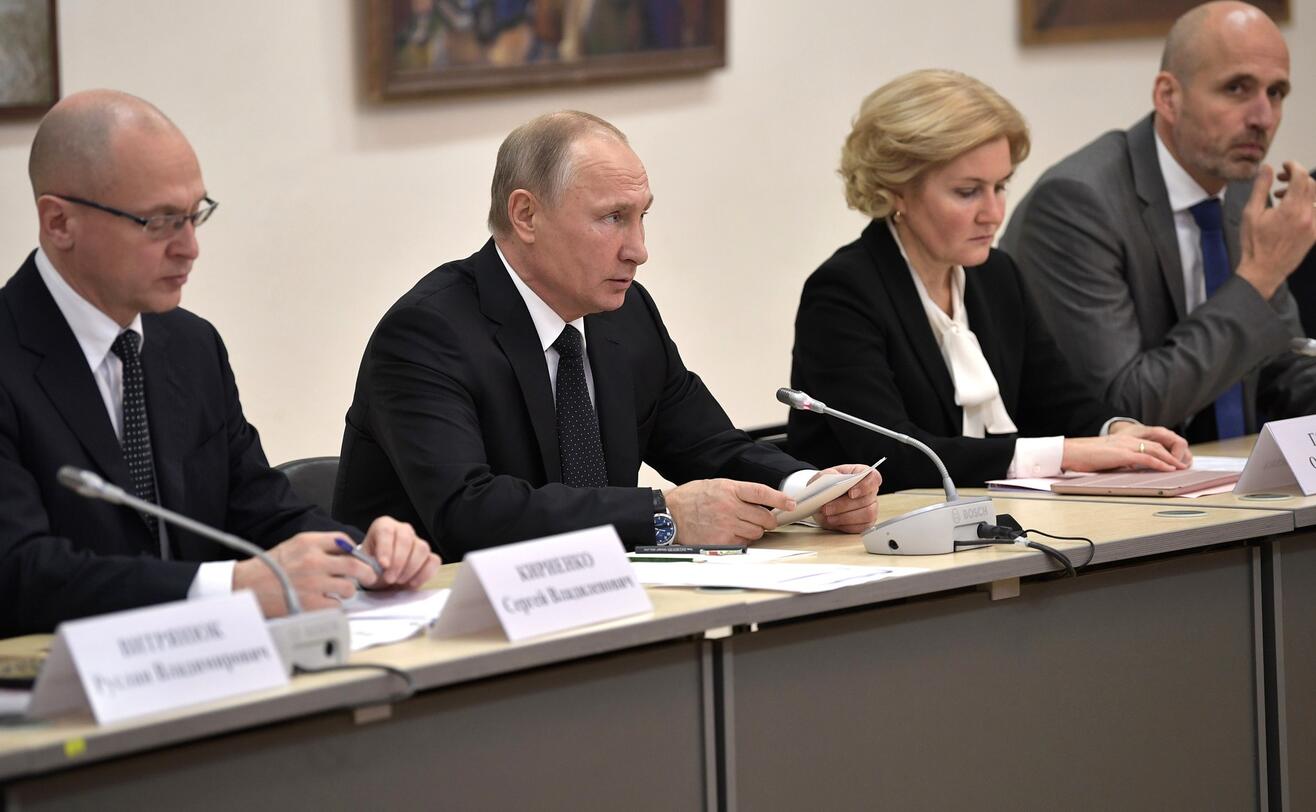Ottobock IPO — FAQ for Institutional Investors
1. What is the scope of the financial analysis underlying this IPO discussion?
The analysis is based primarily on
- audited financial statements filed in the German Federal Gazette (HGB basis) from 2018 to 2023, covering the business that constitutes over 95 % of the future Ottobock SE & Co. KGaA. Hans Georg Näder
- disclosures in the IPO prospectus (dated September 29, 2025), especially regarding the holding-level debt and capital structure.
- recently disclosed IFRS results for 2023–2025 (as provided in the prospectus)
These sources provide the basis for assessing Ottobock’s financial position, leverage, profit (or loss) history, and the capital flows associated with the IPO.
2. How leveraged is Ottobock (group + holding) before the IPO?
- The debt of Ottobock SE (the operating entity) nearly doubled between 2018 and 2023, reaching approximately €1.2 billion.
- At the holding company (Nader Holding) level, a PIK (payment-in-kind) loan of €1.1 billion was raised to repurchase EQT’s 20 % stake, carrying a ~13 % per annum interest rate.
- The holding also bears additional contractual liabilities of about €600 million.
- In total, consolidated debt across holding + operating levels is estimated at ~€2.9 billion.
- Even after anticipated IPO proceeds, the holding company would still have residual debt of about €1.02 billion.
In short: the capital structure is heavily leveraged, with substantial debt at both the operating and holding levels.
3. How profitable (or unprofitable) has Ottobock been historically?
- Over the six years analyzed, the group posted a net profit in only one year, with cumulative losses of ~€161 million across the rest.
- The equity ratio has fallen sharply: from ~30 % in 2018 to ~11 % in 2023.
- In the same period, shareholders (the Nader family / holding) extracted ~€172 million in withdrawals.
- On the IFRS basis (as newly disclosed in the prospectus), 2023 shows a profit of €48.1 million, with 2024 and 2025 projected at ~€27.9 million and ~€28.0 million respectively.
- The corresponding profit per share (based on shares outstanding at IPO) is ~ €0.76 (2023) and ~ €0.47 (2024 & 2025).
Thus, the “underlying EBITDA” numbers promoted in communications must be viewed cautiously; the actual bottom-line record is volatile and weak.
4. What is the use of proceeds in the IPO, and how much is being raised?
- New capital: 1,612,903 new shares will be issued. The net proceeds available to Ottobock SE itself (for growth investment) are modest: around €100 million.
- Existing shares sold: Nader Holding will sell 9,125,000 existing shares.
- Greenshoe option: Up to an additional 1,610,685 Nader shares may be lent (via a greenshoe) for price stabilization during the first 30 trading days.
- Post-IPO share count: 64,087,903 shares outstanding.
- Most of the IPO cash (≈ €700 million) will flow to the holding level (Nader Holding) to service or partially repay its debt.
Hence, only a small fraction of the capital raised is earmarked for operating-company growth; the bulk is for debt servicing/repayment at the holding level.
5. What implied valuation metrics does the IPO target, and how do they compare to peers?
- The mid-point IPO price is ~€64 per share, which implies a market capitalization of ~€4.1 billion.
- Based on the disclosed trailing earnings, this yields an implied P/E of over 100×.
- For comparison, a peer such as Össur (or Embla Medical) trades at a P/E of ~29× and has a stronger profit / lower debt profile.
This valuation implies extremely optimistic growth/performance expectations, which may be hard to justify given historical volatility and leverage.
6. What are the main structural risks and red flags for investors in this IPO?
- High leverage: The heavy debt burden leaves little buffer.
- Weak profitability: Earnings have been erratic and losses frequent.
- Equity dilution / overhang: The company may need to issue or sell further shares to manage the residual debt (~€1 billion).
- Short lock-up for the major shareholder: The Nader Holding’s lock-up is only six months, and underwriters may lift it even earlier.
- Collateral pledge risk: Nader Holding has pledged its Ottobock SE shares as collateral for the PIK loan; the loan may be accelerated if ownership drops below 60 % or if structural changes occur (e.g. change of legal form).
- Questionable growth drivers: Reported growth has been materially supported by small acquisitions, and war-related demand (especially in Russia) has played a role that may not be sustainable.
- Governance & disclosure concerns: Adjusted or “underlying” metrics have been emphasized in communications, but the more conservative HGB / IFRS data tell a more cautious story.
7. Given all of the above, what is the “investor takeaway”?
Ottobock presents a compelling narrative (technology, prosthetics, growth markets) but carries significant structural challenges. The IPO appears more intended to recapitalize the holding and service legacy debt than to aggressively fund growth at the operating level. The very high implied valuation, combined with the weak earnings history and high leverage, raise material concerns about downside risk. Any investment should be approached with caution, under a scenario framework assuming slower-than-expected performance.
Find relevant articles in the press overview:
👉 Handelsblatt: These are the critical points of the Ottobock IPO
👉 The Market: Ottobock IPO: cheap in distress sale by colourful owner
👉 Bloomberg: Prosthetics manufacturer Ottobock aims for €4.2 billion market capitalisation in Frankfurt IPO
👉 Finanzen.net: Ottobock shares: Price range for IPO announced
Further risks may lay in the extend of the Business in Russia:
